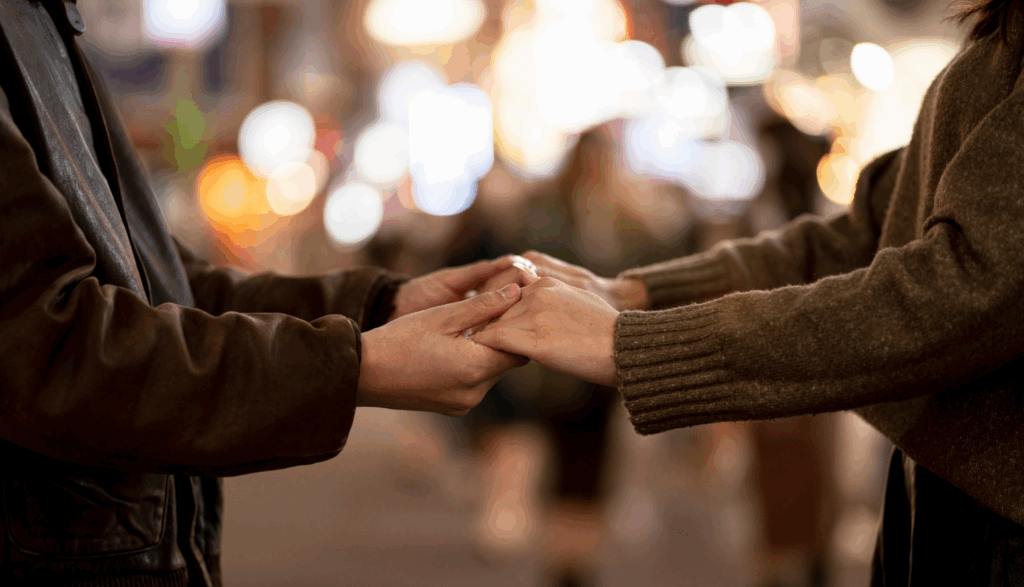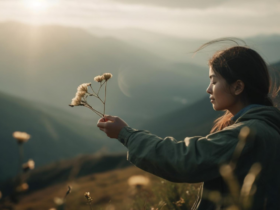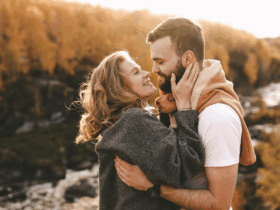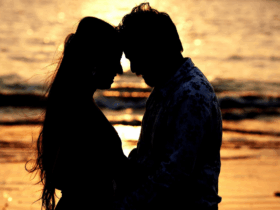In every culture and corner of the world, shared rituals have played a central role in bringing people together. Whether it’s lighting candles on a birthday cake, passing a family recipe from one generation to the next, or gathering for Sunday dinners, these acts are more than traditions—they are emotional anchors that foster belonging, continuity, and connection.
At their core, rituals are repeated actions carried out with meaning and intention. They provide structure in a chaotic world and offer a space for people to pause, connect, and reaffirm relationships. In families, rituals help children feel secure and loved. In friendships, they create a rhythm that deepens trust. In romantic partnerships, they reinforce intimacy through shared experiences. Even in professional settings, team rituals—like morning check-ins or celebratory routines—can strengthen collaboration and morale.
Rituals do not need to be grand or formal. Some of the most enduring bonds are built through small, consistent practices: making tea for a partner each morning, Sunday night board games with friends, or watching a favorite movie every holiday. Over time, these habits become meaningful traditions that people look forward to—not for the activity itself, but for the emotional connection it brings.
Moreover, shared rituals help mark important transitions and milestones. Weddings, graduations, baby showers, or even farewell gatherings all serve as rituals that acknowledge change, celebrate growth, and offer support. In moments of grief or challenge, rituals can also provide comfort and healing, offering a familiar space to express emotion and receive care.

In an age where digital interactions often replace face-to-face time, maintaining shared rituals becomes even more vital. They pull us out of screens and into the presence of others. They remind us that relationships require attention and intentionality, and that love often lives in the details of what we do together, again and again.
Related: How to Give the Gift of Experience in Your Relationship
Creating or reviving rituals doesn’t require perfection or elaborate planning. It simply takes attention, presence, and a willingness to show up—for ourselves and for each other. Whether you’re continuing a tradition passed down for generations or inventing a new one that fits your life today, the act of doing something together creates a sense of shared identity and memory.
Ultimately, the magic of shared rituals is this: they transform ordinary moments into extraordinary threads that stitch people closer. They remind us that we are not alone, that we belong to something bigger—and that some of the most powerful connections in life are built, not in grand gestures, but in the gentle repetition of love.





















